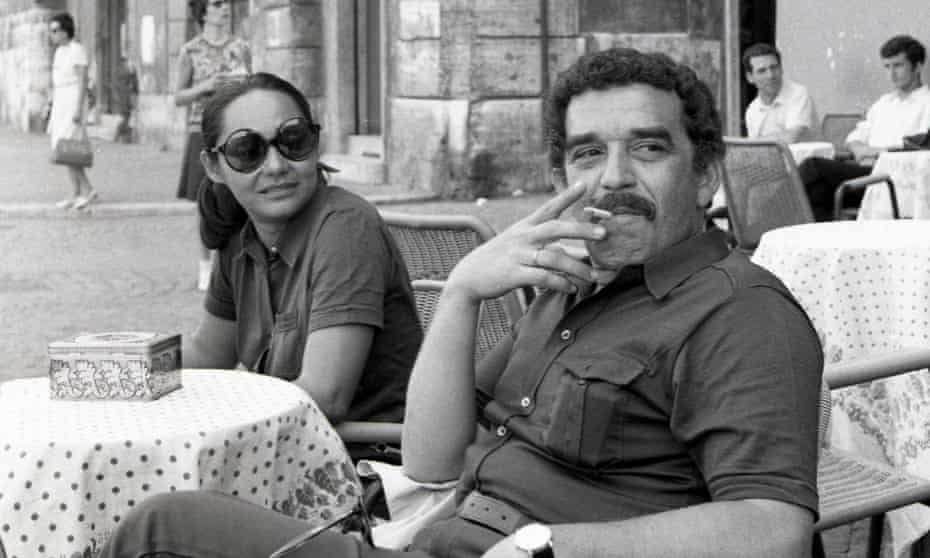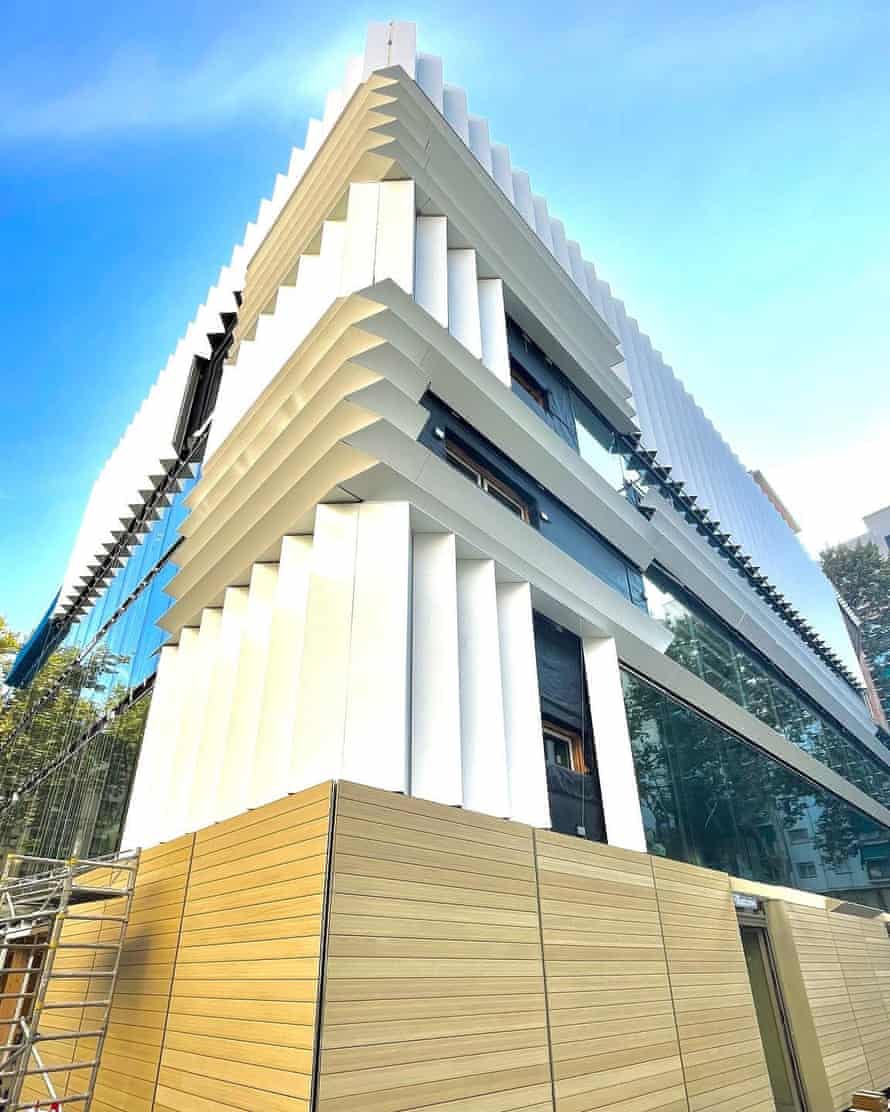The Colombian Nobel laureate, who lived in the city from 1967-75, is to have a €12m building specialising in Latin American literature named after him

In the digital age, building a new library filled with
old-fashioned printed books seems idealistic, almost quixotic.Not so in Barcelona. The city
council is about to open a new €12m (£10m) library next month, the latest
instalment in a programme that dates back 20 years.
The library, in the working-class district of Sant Martí de
Provençals, has been named in honour of the Colombian Nobel laureate Gabriel García
Márquez.
“The plan for the new library was under way when García
Márquez died
in 2014 so it was decided to name it in his honour because he and many
other Latin American authors had a close relationship with the city,” said Neus
Castellano, its chief librarian. “It’s a nod towards the role Barcelona has
played in Latin American literature.”
García Márquez lived in Barcelona from 1967 to 1975,
arriving shortly after the publication of his groundbreaking magical realism
novel One
Hundred Years of Solitude.
He already knew something of the city through his friend Ramón Vinyes, a Catalan writer and bookseller living in Colombia, who served as the model for “the wise Catalan” in One Hundred Years of Solitude.

However, it was the Barcelona literary agent Carmen
Balcells, one of the first to recognise the worth of the writers of the
Latin American “boom”, who persuaded Gabo – as García Márquez was
affectionately known – to move to the city.
She continued as his agent until his death, as well as representing
other luminaries of Latin American fiction such as Julio Cortázar, Mario Vargas Llosa,
Carlos Fuentes and Pablo Neruda.
“They called Carmen Balcells ‘Mamá’,” Castellano said, because
she did not just help them with their writing but with finding a place to live
or schools for their children.
In his book about the period, Aquellos Años
del Boom (Those Boom Years), the journalist Xavi Ayén relates
how Balcells once asked Gabo what he wanted for his birthday. “Three thousand
dollars,” he replied. Thereafter the agent sent him $3,000 on his birthday for
the rest of his life.
Vargas Llosa, who also went on to win the Nobel prize in literature, describes disembarking in the old port, at the foot of the city’s famous La Rambla, accompanied by Julia, his wife, who was also – somewhat scandalously – his aunt, and whom he immortalised in novel Aunt Julia and the Scriptwriter.
“I walked up the Rambla,” Vargas Llosa later wrote. “Excited
by the streets, clutching Orwell’s Homage to Catalonia, which I’d
read on the voyage over.”
García Márquez and Vargas Llosa were briefly neighbours but
had a falling out, possibly over the latter’s second wife, during which the
Peruvian punched García Márquez in the face. García Márquez was so proud of his
black eye that he made a point of having it photographed.
García Márquez described Barcelona as “a city where I can
breathe”, and yet Spain was
then as much of a dictatorship as many of the countries he and his fellow
writers had left behind.
Ayén points out that they arrived in a Barcelona literary
world that was completely opposed to Francisco Franco’s
regime and where alternative publishers were emerging.
“It was a microclimate separated from the dictatorship,” he
said. “These writers didn’t involve themselves in the anti-Franco struggle,
with the exception of Vargas Llosa, who took part in anti-Franco
demonstrations. At the time, he and García Márquez were both on the left but
Gabo didn’t take part in demonstrations for fear that he’d be deported.”
What they were involved in was revolutionary Latin American politics, especially Cuba. Their apartments were meeting points for visitors such as Fidel Castro’s chief adviser and Che Guevara’s family.
“There were just as many reasons to censor García Márquez,
but because of his magical realism the authorities were unable to see them,”
Ayén said.
The new library that bears his name will be housed in a purpose-built
4,000 sq metre timber-framed building that has been awarded a gold LEED
certificate, the highest rating for sustainability. It will specialise in Latin
American literature and hold a collection of 40,000 relevant documents.
